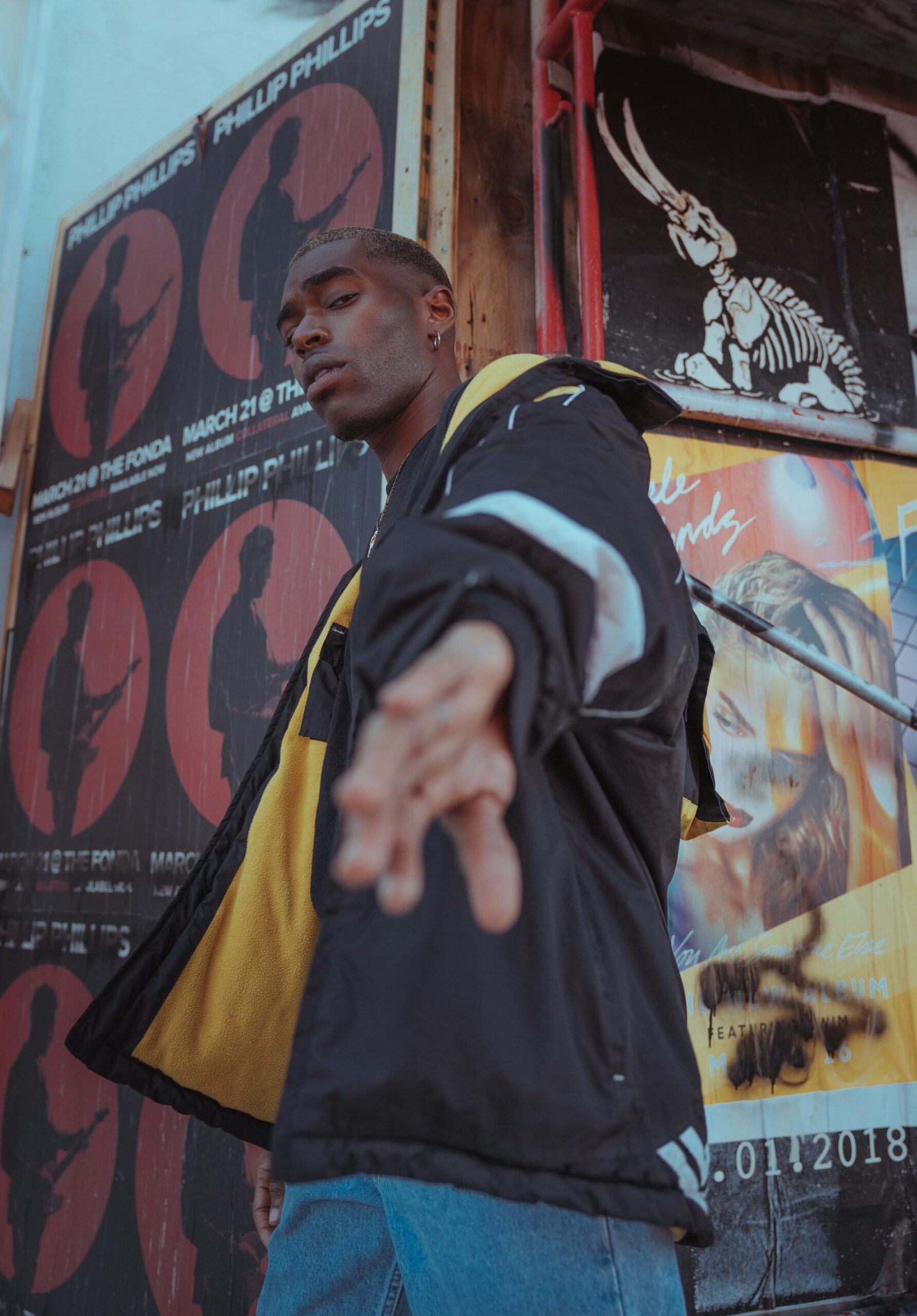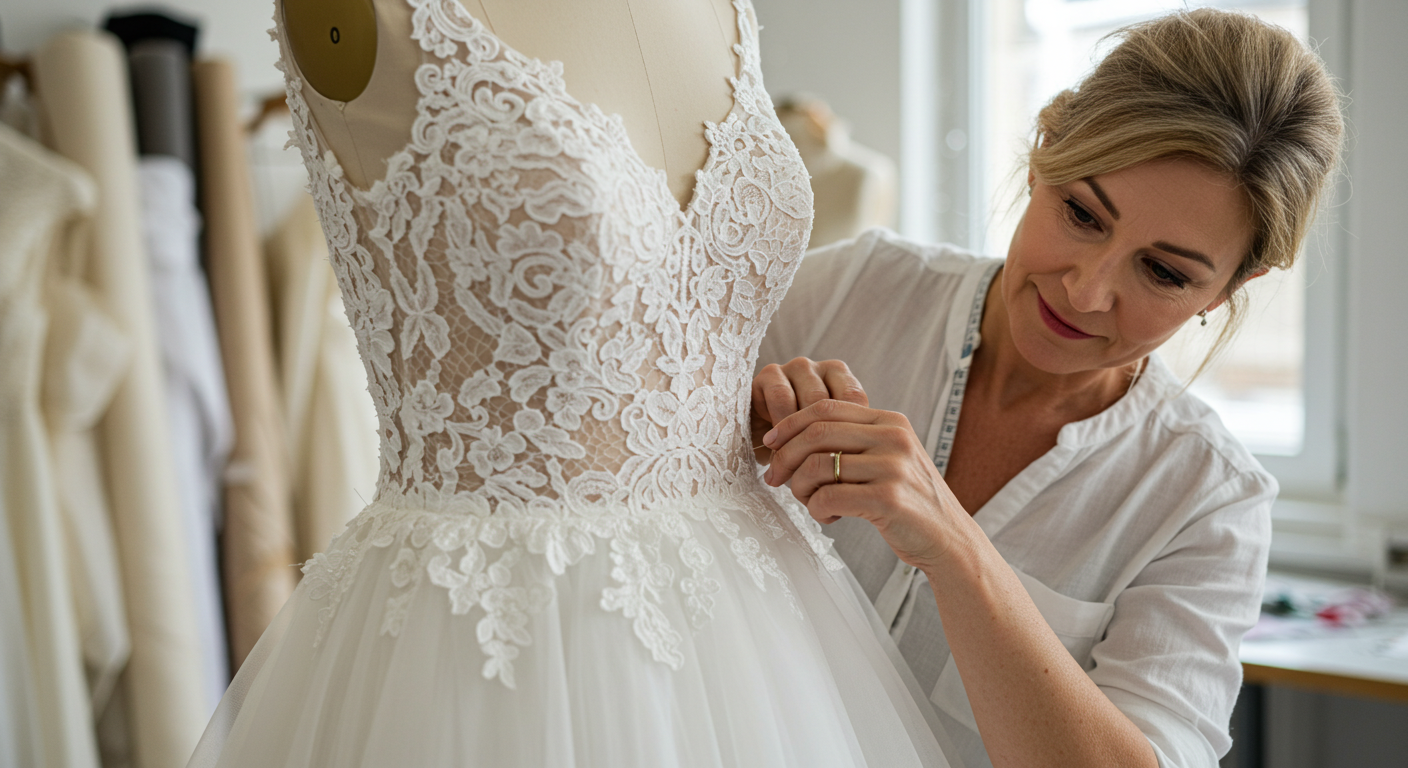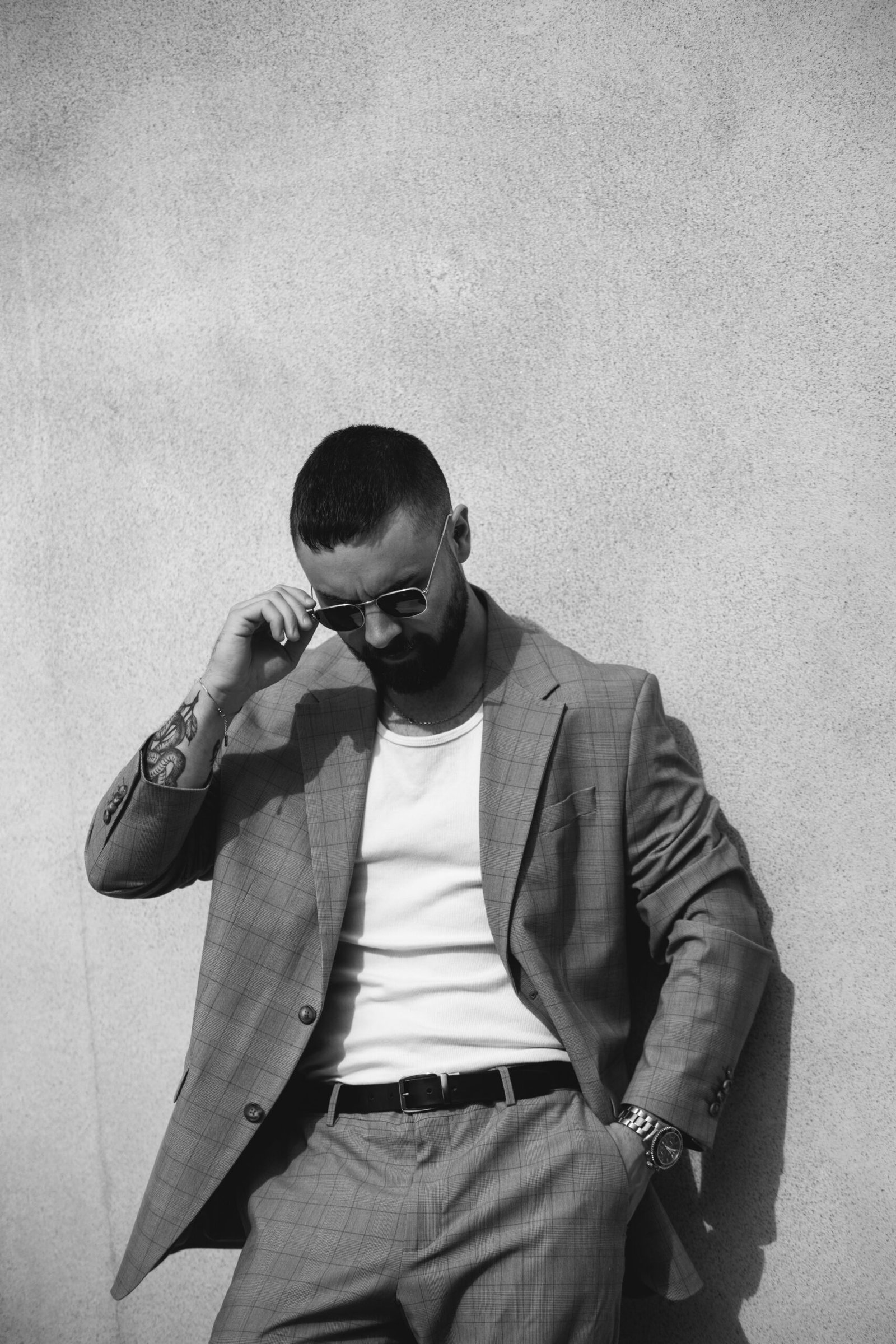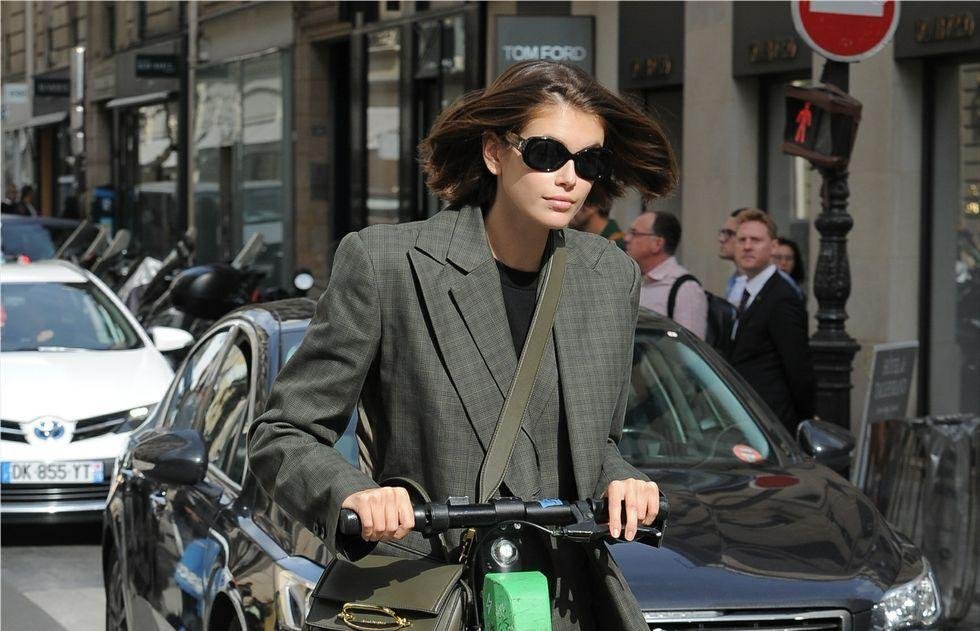Introduction: The Global Influence of Street Style
Street style has emerged as a significant force within the fashion industry over the past few decades, evolving from an underground movement to a major influencer across global cities. This phenomenon represents not just a trend in clothing, but a reflection of culture, identity, and personal expression. As individuals navigate their urban environments, they have cultivated unique styles that encapsulate their experiences, backgrounds, and perspectives. This diversity serves as a rich tapestry that highlights how different neighborhoods, communities, and cities shape personal aesthetics.
The rise of street style can be attributed to various factors including the democratization of fashion through social media platforms, where individuals share their distinctive looks and ideas. This accessibility has enabled a broader audience to engage with and influence global fashion, fostering an exchange of styles that is more immediate and extensive than ever before. Fashion weeks in cities like Paris, New York, and Tokyo showcase high-end collections, but it is often the street style in these locations that garners as much, if not more, attention. The authentic and uncurated nature of street fashion allows for a real-time reflection of societal moods and trends.
Moreover, street style transcends geographical boundaries as influences from one city reverberate across the globe. Japanese street fashion, characterized by its eclecticism, can find its way into the wardrobes of fashion enthusiasts in London, while the laid-back Californian vibe can inspire individuals in Melbourne. This interconnectivity between different fashion cultures illustrates how street style not only showcases personal expression but also fosters a sense of community around shared aesthetics and values. As we delve deeper into this multifaceted world, we will explore how street style continues to evolve as a dynamic and influential aspect of global culture.
New York City: The Epitome of Urban Chic
New York City is often regarded as a beacon of innovation in the street style landscape. Known for its eclectic fashion choices, the city presents a vibrant tapestry of styles influenced by a melting pot of cultures and subcultures. Residents from all walks of life contribute to this rich urban fashion scene, with bold prints, striking color combinations, and luxe athleisure becoming the hallmark of NYC street style.
One cannot overlook the influence of neighborhoods like Soho and the Lower East Side, which serve as incubators for fashion trends. Soho, with its cobblestoned streets and high-end boutiques, attracts fashion-forward individuals who blend high fashion with casual aesthetics. Meanwhile, the Lower East Side boasts a more countercultural vibe, encapsulating the spirit of the city’s diverse demographic. Here, thrift store finds and emerging designer pieces come together, creating a dynamic and ever-evolving look representative of New York’s unique spirit.
Another key aspect of New York City’s street style is the city’s affinity for luxe athleisure. Athleisure has transcended the realm of gym wear, becoming a staple in everyday fashion. New Yorkers frequently incorporate comfortable yet stylish pieces into their wardrobes, successfully merging functionality with couture. This trend emphasizes a lifestyle that values both performance and aesthetics, reflecting the fast-paced nature of life in the city.
In addition to these prevailing styles, the eclectic street fashion of New York is also shaped by various subcultures. From punk rock influences to the glamor of the fashion elite, each group leaves its mark on the city’s overall aesthetic. Street style in New York City is not just about clothing; it represents an evolving narrative that reflects the city’s diversity and creative energy. The convergence of tradition and innovation in fashion makes NYC a continuous source of inspiration for style enthusiasts around the globe.
Tokyo: A Playground for Creative Expression
Tokyo is often recognized as a vibrant hub of innovation and creativity, particularly in the realm of street style. The city’s unique fashion scene is heavily influenced by the Harajuku district, a cultural epicenter that has become synonymous with avant-garde fashion. Harajuku not only showcases the individuality of Japanese youth but also serves as a canvas where diverse styles coalesce, creating a visual feast that is both eclectic and inspiring. This neighborhood stands as a testament to how street fashion can transcend the conventional boundaries of clothing.
Among the notable fashion subcultures that have emerged from Tokyo are Gyaru and Lolita. Gyaru culture is characterized by its bold use of color, exaggerated hairstyles, and vibrant makeup, reflecting a carefree attitude and a penchant for rebellion against traditional beauty standards. In contrast, the Lolita fashion subculture offers a glimpse into a more elegant and Victorian-inspired style, often featuring frilly dresses, intricate accessories, and a strong emphasis on modesty. These subcultures not only express individuality but also highlight the dynamic range of creativity present in Tokyo’s street style.
Moreover, Tokyo’s fashion landscape is distinguished by its ability to blend traditional Japanese elements with contemporary aesthetics. Designers and street fashion enthusiasts alike are increasingly incorporating kimonos, obi belts, and other traditional garments into modern outfits. This fusion of old and new not only preserves cultural heritage but also paves the way for innovative interpretations that resonate with both local and international audiences. As the world becomes more interconnected, Tokyo’s street style continues to inspire fashion enthusiasts globally, affirming the city’s status as a leading influence in the ever-evolving world of fashion.
Paris: Effortless Elegance and Haute Couture
Paris, often regarded as the fashion capital of the world, is synonymous with effortless elegance and haute couture. The city’s street style epitomizes a chic aesthetic, merging timeless elements with contemporary flair. At the heart of Parisian fashion are staple items that define the unique style of the city’s inhabitants. Berets, tailored pieces, and a wide array of designer accessories create a wardrobe that is both sophisticated and versatile.
Berets, a classic accessory, are frequently seen atop the heads of fashionable Parisians. This simple yet iconic item not only pays homage to French heritage but also serves as a perfect complement to various outfits. Tailored pieces, such as well-fitted coats and trousers, are staples in the Parisian wardrobe, embodying the ideal of sharp cuts and high-quality fabrics. These items can effortlessly transition from day to night, reflecting the French approach to fashion that prioritizes both style and practicality.
Designer accessories play a crucial role in achieving the distinguished Parisian look. Luxury handbags, statement jewelry, and elegant footwear elevate even the simplest of outfits, showcasing the importance of attention to detail in Parisian street style. It is not uncommon to see individuals mixing high-end designer items with vintage finds, promoting a unique sense of individuality while adhering to an overall polished appearance.
Moreover, Paris Fashion Week significantly influences the everyday fashion choices of Parisians. The event showcases the latest trends from top designers and provides a glimpse into the fusion of classic and contemporary styles. As street style is heavily impacted by these haute couture collections, the seamless blending of runway fashion into everyday outfits is a hallmark of Parisian elegance. Thus, the city stands as a beacon of style, where each day offers a canvas that highlights unparalleled sophistication and tradition.
London: A Melting Pot of Trends
London’s street style serves as a vivid tapestry, showcasing a blend of historical influences and contemporary innovations. The city is renowned for its eclectic fashion scene, where various aesthetics, such as punk, mod, and grunge, converge to create a unique expression of personal style. This diversity stems from London’s rich heritage and its reputation as a cultural hub, where subcultures have thrived for decades. From the rebellious spirit of the 1970s punk movement to the polished looks of mod fashion, each era has left an indelible mark on the street style ethos.
Specific neighborhoods further accentuate this diversity. Camden, famous for its markets and vibrant music scene, is a hotspot for alternative fashion. Here, one can find a plethora of vintage shops and independent boutiques, offering everything from retro clothing to statement accessories. The locals often embody a laid-back yet creative aesthetic, characterized by DIY elements and a distinct sense of individuality. Meanwhile, Shoreditch is another noteworthy area, known for its urban art and innovative fashion. It has become a canvas for young designers and streetwear brands, with platforms that emphasize sustainability and unique design philosophies.
The influence of British designers cannot be overstated in shaping the global fashion landscape. Labels such as Burberry and Alexander McQueen have garnered international acclaim, while emerging streetwear brands are redefining the standards of contemporary fashion. These designers draw inspiration from London’s diverse cultural fabric, crafting collections that resonate with both local and global audiences. In effect, the city’s streets not only reflect its multifaceted heritage but also continuously pave the way for new trends that echo around the world, making London a vital player in the ever-evolving fashion scene.
Milan: The Heart of Italian Fashion
Milan, often heralded as the epicenter of Italian fashion, plays an indispensable role in shaping global street style. The city seamlessly combines luxury with practicality, resulting in a fashion sense that is both sophisticated and accessible. This unique blend is heavily influenced by renowned Italian fashion houses such as Prada, Gucci, and Versace, which not only set trends but also establish a benchmark for quality and elegance. The signature aesthetic of Milanese street style showcases tailored pieces and high-quality materials, emphasizing craftsmanship and attention to detail.
Tailoring remains a cornerstone of Milanese fashion. Its streets are characterized by sharp cuts and structured silhouettes, which lend an air of refinement and polish to everyday outfits. This emphasis on fit and form ensures that even casual attire exudes a level of sophistication that is distinctly Italian. High-quality fabrics such as cashmere, silk, and linen are favored for their luxurious feel and durable nature, proving that practicality does not have to come at the expense of style.
Accessories play an equally vital role in achieving the quintessential Milanese look. From oversized sunglasses to artisanal handbags, these finishing touches elevate outfits, providing a personal flair that defines individual styles within the city. Footwear also merits mention, as Milanese residents often opt for well-crafted shoes that balance comfort and elegance, allowing them to navigate the city’s bustling streets with confidence.
Milan Fashion Week significantly impacts local trends, infusing fresh ideas and inspirations into the fashion landscape. This biannual event not only showcases established designers but also nurtures emerging talent, ensuring that the Milanese fashion scene remains dynamic and vibrant. The interplay between high fashion and street style makes Milan a unique beacon of style, influencing global trends while remaining true to its roots.
Sydney: Relaxed Vibes and Coastal Aesthetics
Sydney’s street style is a unique embodiment of its relaxed lifestyle and coastal influences. Known for its stunning beaches and vibrant outdoor culture, the city inspires a fashion scene that emphasizes comfort without sacrificing style. The laid-back nature of life in Sydney is reflected in the everyday attire of its residents, where casual clothing reigns supreme. From breezy linen shirts to flowy dresses, the emphasis is on breathable fabrics that allow for ease and movement, perfectly suited for a day at the beach or a casual outing in the city.
Moreover, beach-inspired fashions are undeniably prominent in the local wardrobe. Swimwear is no longer confined to the shoreline; stylish swim trunks and bikinis are regularly integrated into street outfits, showcasing the iconic Australian beach culture. Layering is common, with light cardigans or oversized shirts often worn over swimsuits, allowing for a seamless transition from a beach day to a café lunch. This versatility highlights the practicality embedded in Sydney’s fashion ethos, catering to the active lifestyle many residents lead.
Another noteworthy aspect of Sydney’s fashion landscape is the growing emphasis on sustainability. Local designers are increasingly championing environmentally-friendly practices, using organic materials and promoting slow fashion movements. The rise of thrift and vintage shops also complements this trend, encouraging individuals to express their personal styles without contributing to fast fashion’s environmental impact. This cultural shift is not just a fleeting trend but signifies a broader commitment toward creating a more sustainable fashion future.
The outdoor culture prevalent in Sydney plays a crucial role in shaping fashion choices. Activities such as surfing, hiking, and beach sports not only influence clothing but also inspire a sense of community among individuals who share similar passions. As a result, Sydney’s street style remains as diverse and dynamic as the city itself, epitomizing the relaxed vibes and coastal aesthetics that make it a global fashion hub.
Rio de Janeiro: Samba Spirit and Colorful Flair
Rio de Janeiro is a city renowned for its vibrant culture, stunning landscapes, and a street style that is as spirited as its famous Carnaval. The fashion scene in Rio is an eclectic tapestry woven from Brazil’s rich cultural heritage, reflecting a unique blend of colors, patterns, and textures. Influences from African, Indigenous, and Portuguese traditions create a remarkably diverse aesthetic that can be seen in the clothing worn by locals and tourists alike.
The energy of Carnaval permeates everyday fashion in Rio, infusing streetwear with a sense of joy and exuberance. As one strolls through neighborhoods like Santa Teresa and Lapa, it becomes evident that personal expression reigns supreme in the local style. Residents often don bold hues and playful prints, with bright florals and geometric designs drawing the eye. This celebration of color not only defines individual outfits but also represents a collective identity steeped in the spirit of samba.
Another significant influence on Rio’s street style is its stretch of beautiful beaches. Beachwear seamlessly integrates with everyday fashion, resulting in a laid-back yet stylish vibe. Lightweight fabrics, swimwear-inspired styles, and comfortable footwear are popular choices, exemplifying the city’s relaxed, tropical atmosphere. Bohemian looks that blend artisanal details and handmade accessories highlight a conscious approach to fashion, emphasizing sustainability and practicality.
Local markets play a crucial role in shaping the fashion landscape, often serving as treasure troves where unique pieces can be discovered. Handmade goods, vibrant textiles, and vintage finds reflect the artistic spirit of Rio. From colorful sarongs to hand-knit accessories, these items present opportunities for locals and visitors to express their individuality, reinforcing the notion that fashion here is a form of self-expression deeply rooted in community and heritage.
Conclusion: Street Style as a Reflection of Global Culture
Street style has become an essential component of understanding contemporary culture across different global cities. As we explored various cityscapes, from Tokyo to New York, it is clear that street fashion not only reflects individual creativity but also serves as an indicator of prevailing societal norms and cultural movements. The clothing choices and overall aesthetics observed on the streets offer insights into the local zeitgeist and can highlight significant shifts in public sentiment.
Moreover, street style acts as a canvas for self-expression, merging traditional influences with modern interpretations. This blend of the old and the new is particularly evident in cities where local heritage meets global trends, showcasing the diverse tapestry of influence shaping contemporary fashion. For instance, styles seen in European capitals often borrow elements from historical attire while incorporating edgy, modern takes. Similarly, urban ensembles in cities like Seoul and Los Angeles demonstrate a unique amalgamation of street culture and high fashion, emphasizing the influence of personal identity.
The continuous evolution of street style is also reflective of global connectivity. As fashion enthusiasts share their unique looks through social media platforms, the trends transcend geographical barriers, influencing what is considered fashionable worldwide. This democratization of style allows for an unprecedented exchange of ideas, where inspiration can come from any corner of the globe, further enriching the street style landscape. Consequently, designers and fashion houses increasingly draw upon these grassroots influences, recognizing the importance of authentic street fashion in shaping the overall fashion narrative.
In summary, the dynamic nature of street style is indicative of broader cultural dialogues that extend beyond mere clothing choices. It encapsulates the spirit of innovation, individuality, and the intricate relationship between fashion and society. As street fashion continues to evolve, it will undoubtedly remain a powerful lens through which we can examine the cultural nuances of our time.



